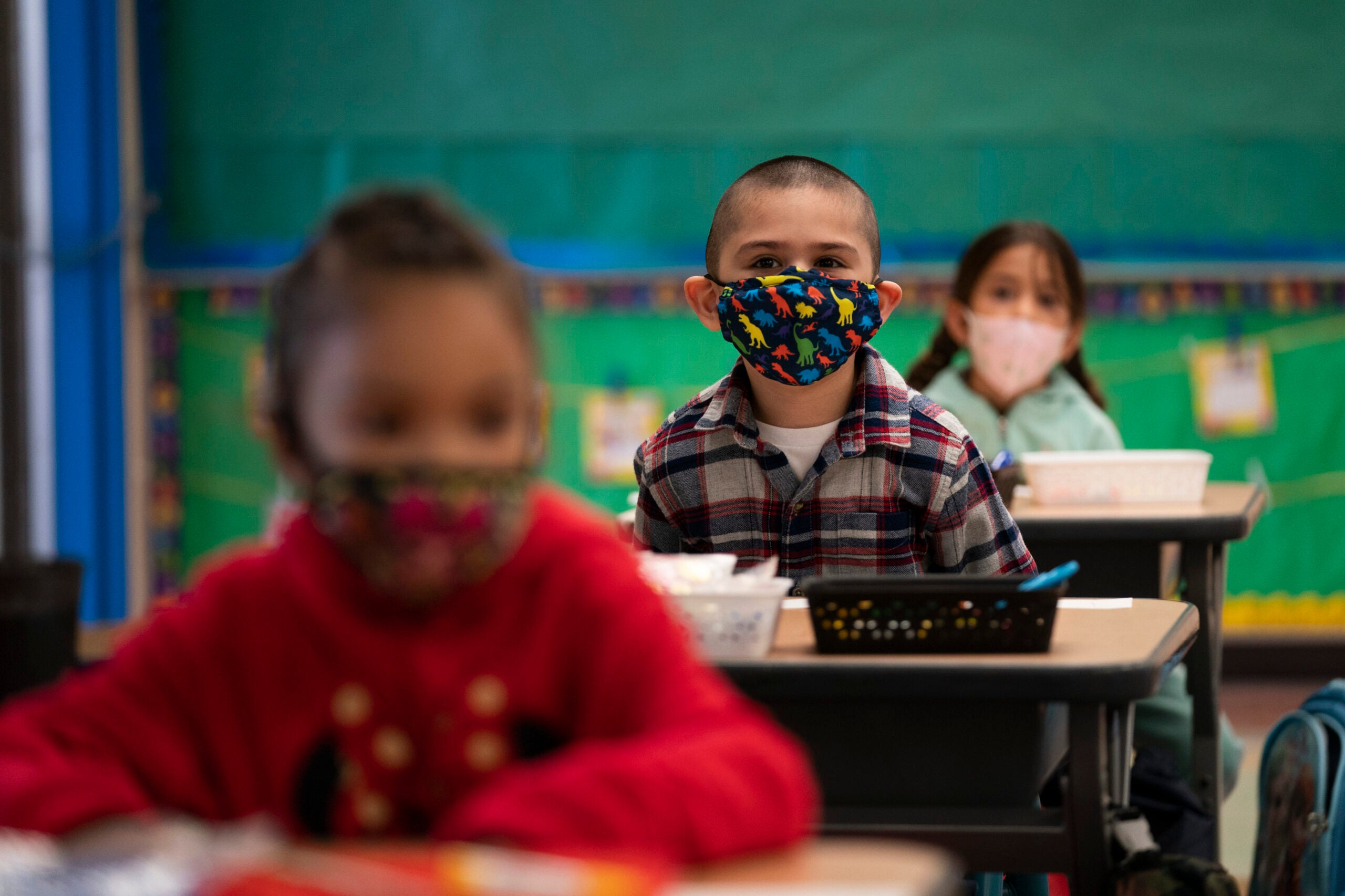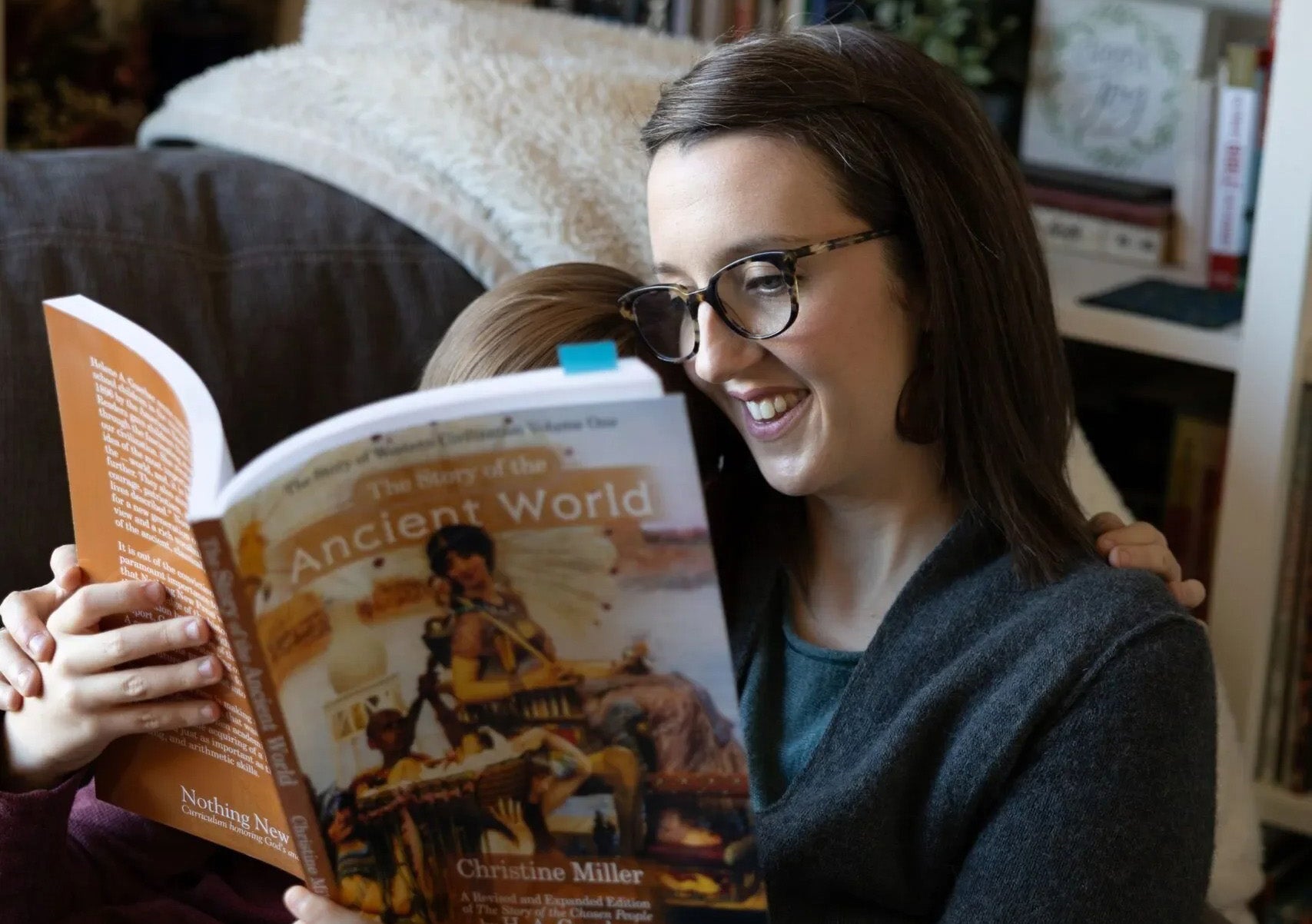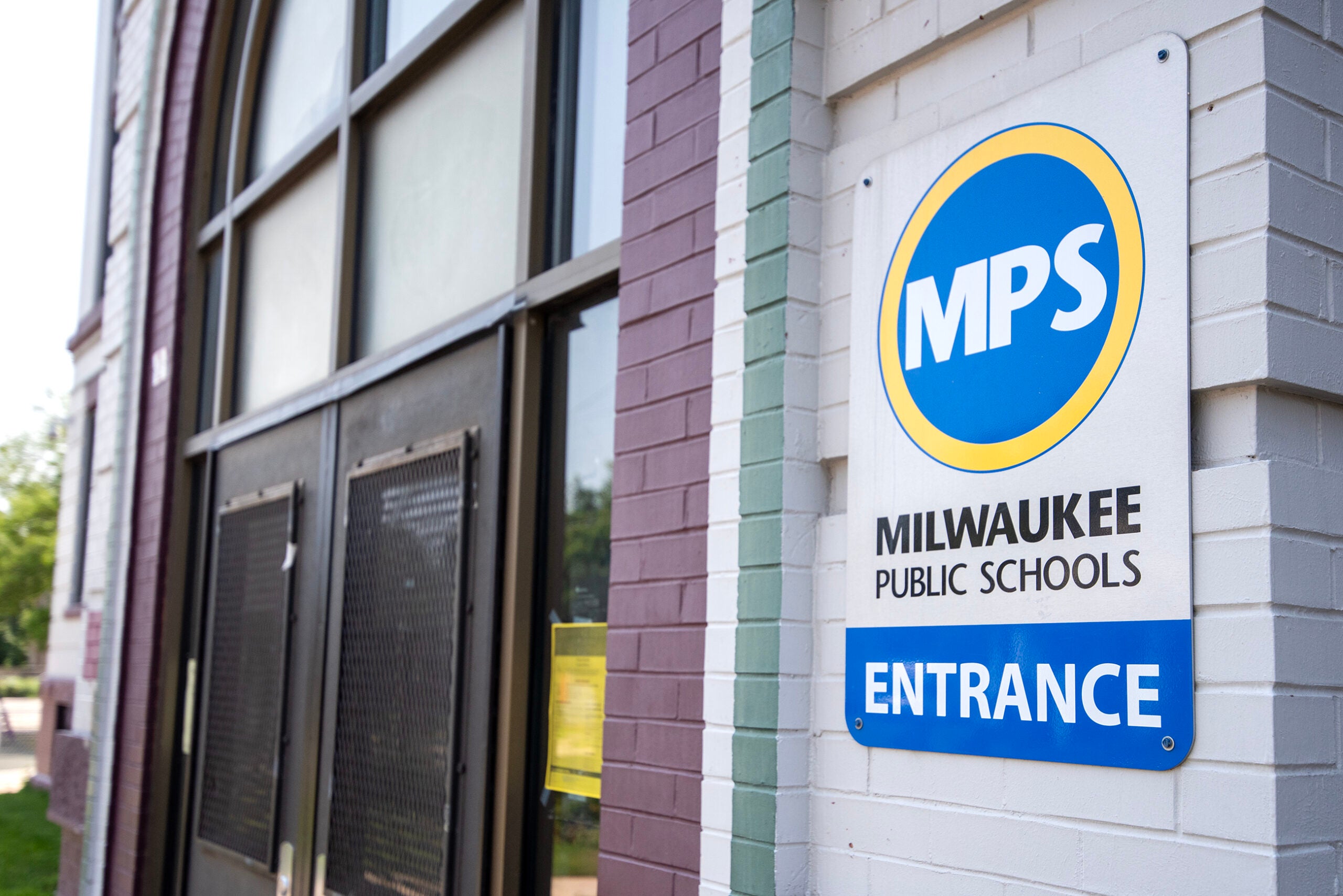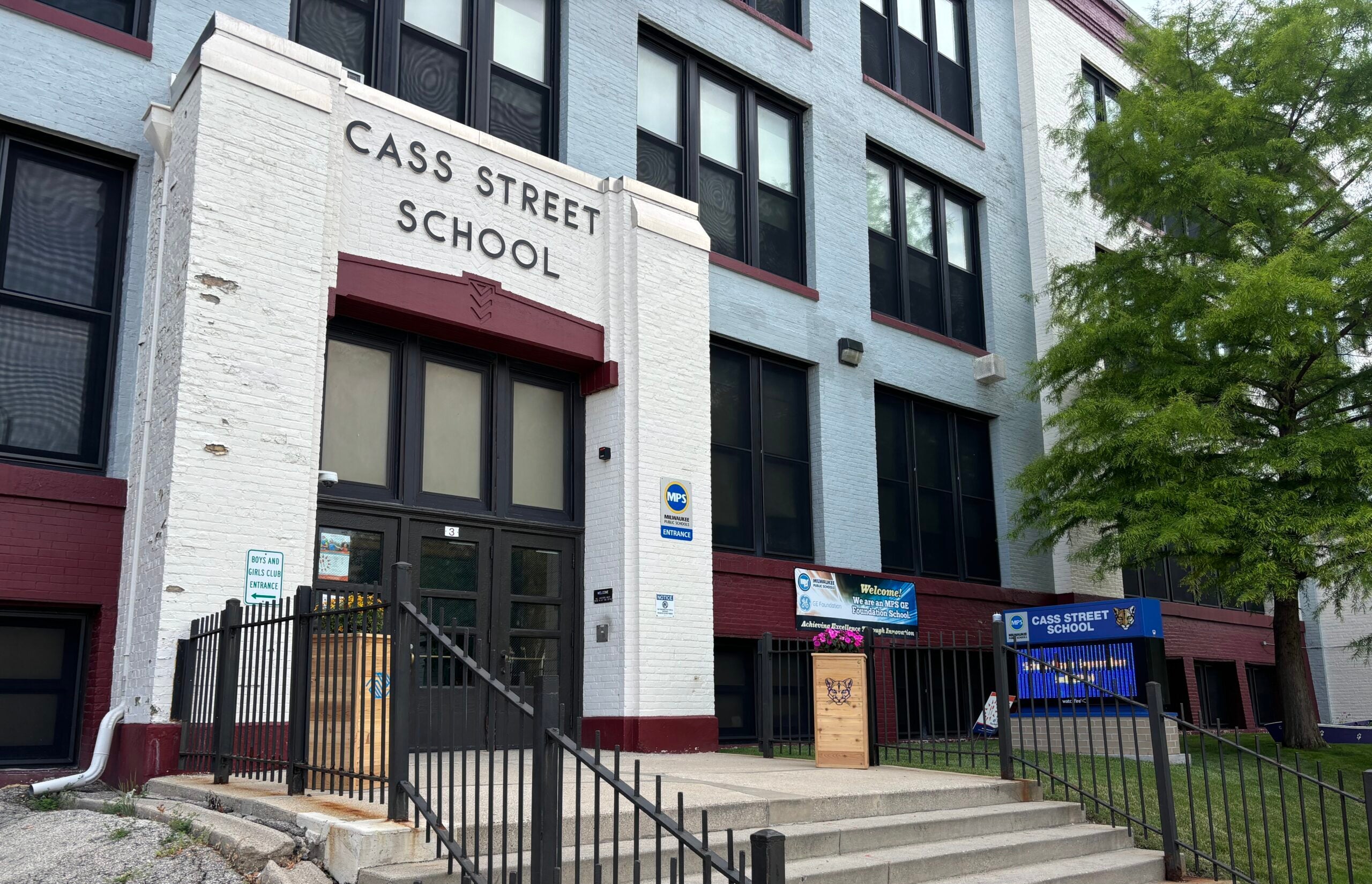The Centers for Disease Control and Prevention issued new guidance Tuesday that recommends masking in schools for all students, staff and teachers, regardless of their vaccination status against COVID-19. It brings CDC in line with the American Academy of Pediatrics, which recommended universal masking in schools last week. Wisconsin’s Department of Health Services said Wednesday that it supports the CDC’s new guidance, and that those changes will be reflected in DHS’s recommendations.
The new guidance hasn’t much shifted how Wisconsin school districts are planning for the fall — at least, not yet.
Those that were planning to require masks for all staff and students, or for pre-K through 8th grade students and teachers, are keeping those plans in place. Those that had decided to make masks optional will continue to do so — though most say they’ll continue to check in with their local health department, and masks will likely come up at the remaining school board meetings before classes start.
News with a little more humanity
WPR’s “Wisconsin Today” newsletter keeps you connected to the state you love without feeling overwhelmed. No paywall. No agenda. No corporate filter.
At a press conference Wednesday morning, Milwaukee Public Schools superintendent Keith Posley said MPS’ reopening plan is still on track. The district will require masks for all, and will follow distancing guidelines of 3 feet apart whenever possible. Posley emphasized ventilation — making sure windows can open, ensuring HEPA filters are installed in classrooms and common areas, and pushing fresh air through school buildings for two hours every morning and afternoon.
“Milwaukee Public Schools is geared up for full, in-person learning for our students, and it’s just a few weeks away,” Posley said. “We recognize the importance of students attending in person.”
The Bowler School District in north central Wisconsin made the decision to go mask-optional at the end of last school year.
District superintendent Glenda Butterfield-Boldig said that, as a result of the county and school district’s close partnership with local Mohican tribal health services, teachers and community members were able to get vaccines on the early side. That means most people who wanted to be vaccinated by May, when the school board made its decision, had already done so.
“We’re fortunate that we still have low transmission rates in our community, so our plans are that we’re going to continue our cleaning protocols and our signage reminding people to have good handwashing, and reminding parents and staff to stay home if they’re sick,” she said. “But we’re planning to reopen school at this point with masking as an option, not as a requirement.”
Butterfield-Boldig said the board will likely keep discussing COVID-19 safety protocols through August, especially in light of the new CDC guidance, but that it’s unlikely to shift.
“Short of any specific requirement from our state or from our local health department, I just don’t see us making significant changes in our requirement for masking,” she said.
Butterfield-Boldig said the district does plan to make COVID-19 vaccines available at school registration so families can get those — and other vaccines, like Tdap and MMR — while they’re getting ready for the school year, if they choose to.
Children age 12 and up are eligible for a COVID-19 vaccine, and trials are underway to test its safety and efficacy for younger children. As of Wednesday, 33 percent of Wisconsin residents age 12 to 15 and 42.2 percent of those age 16 to 18 had received at least one dose of the vaccine.
The American Academy of Pediatrics and CDC both stressed the importance of in-person learning for children’s emotional and physical health, and the low risk of serious infection as long as safety protocols — such as masking and distancing — are followed. The American Academy of Pediatric noted that universal masking helps districts avoid situations where they’re keeping track of everyone’s vaccination status and mask compliance on an individual basis.
“In the absence of schools being able to conduct this monitoring, universal masking is the best and most effective strategy to create consistent messages, expectations, enforcement, and compliance without the added burden of needing to monitor vaccination status,” the organization wrote in its July 19 guidance.
Several Wisconsin Catholic dioceses that operate private schools have also opted against requiring masks. In a July 22 letter to families, the Diocese of Madison said mask-wearing would be up to individual families, teachers and staff members.
Similarly, Green Bay Area Catholic Education, which operates nine schools in northeastern Wisconsin, won’t require masks. President Kimberly Desotell said families were proactive and careful about COVID-19 last year, keeping students home if they had symptoms or had been exposed to the virus.
“We’re feeling comfortable and confident in our decision to remain mask-optional,” she said. “We’re also being very careful about monitoring day by day.”
Desotell said she’s expecting a small percentage of students and staff will choose to wear masks, and she said they want to make sure students feel they won’t be ostracized for doing so.
“We’re having individual conversations — ‘What can we do to make you comfortable, and support you?’” she said. “I think our community is OK with that, we’re OK with sitting by someone, with grocery shopping near someone, with sitting next to someone in a restaurant who is donning a mask.”
She said Green Bay Area Catholic Education made its decision to go mask-optional in June, but that it’s reinforcing that decision to its families this week, since it’s been receiving inquiries from parents about whether fall plans will change in the face of the CDC’s new guidance.
Wisconsin Public Radio, © Copyright 2026, Board of Regents of the University of Wisconsin System and Wisconsin Educational Communications Board.





